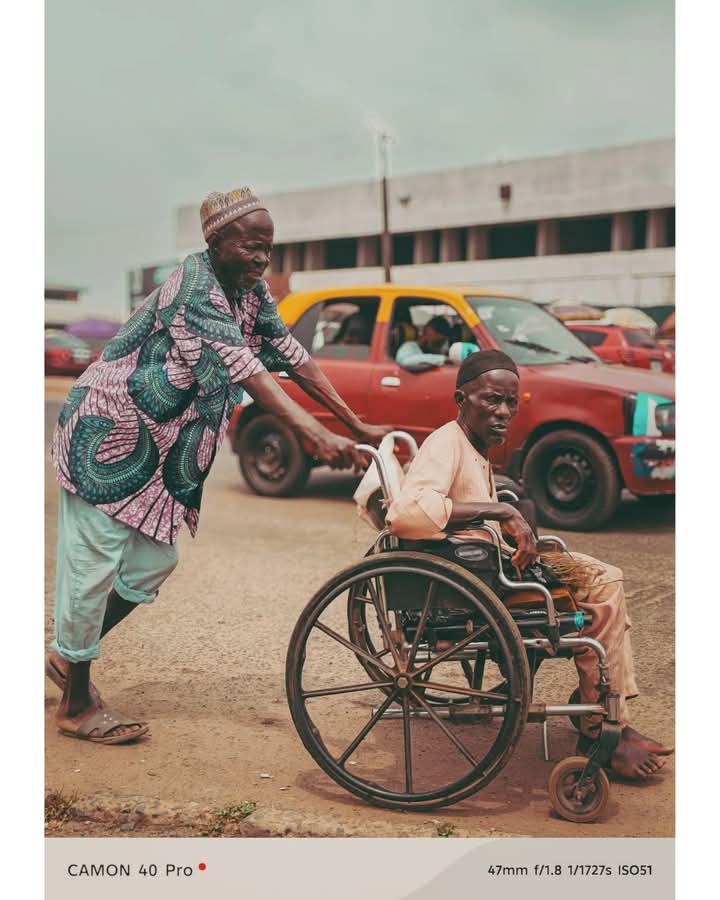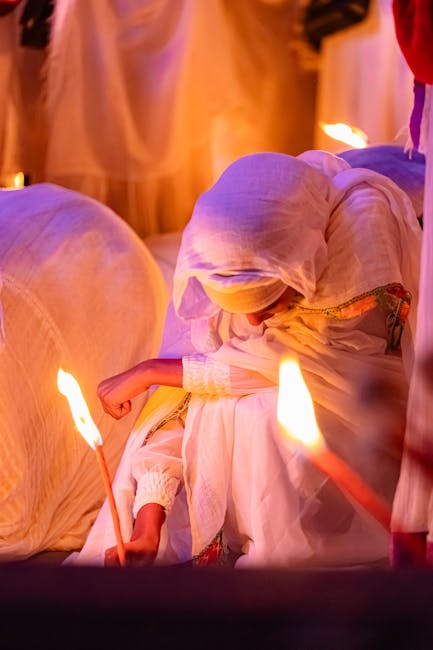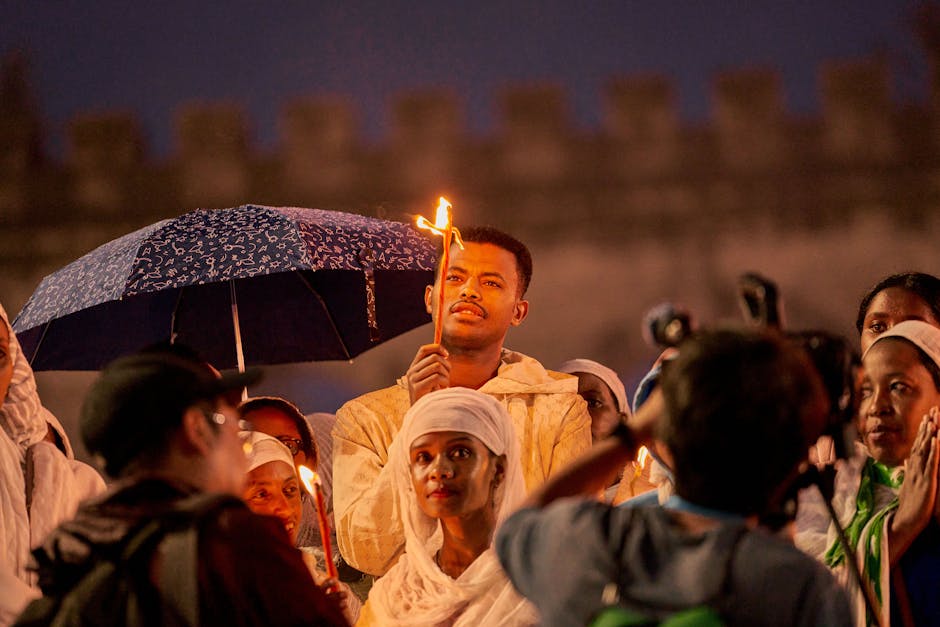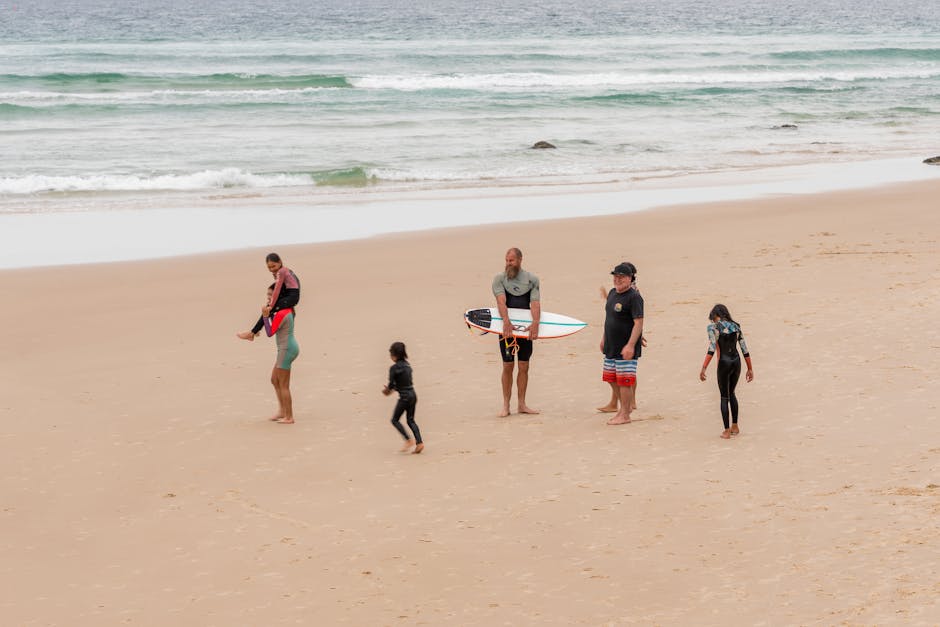

"AYO, 1955"
Franklin A.N.@anfranklin784877
5 months ago
"AYO, 1955"
'Ake road ' was home to homeless people. Many homeless people lived there after the time of 'lugard'.
Ayo the lame and his brother lived there after their parents passed.
It transitioned from being sad about his lame situation to them living for fun.
He was the younger of the two brothers.
Ayo and Babajide had lived in Ake road all their lives.
At 78 years of age, Babajide still cared for his lame brother.
He had cared for him all the while all through from childhood. They were both unfortunate but it was more painful that Ayo was lame in the midst of all these.
Their love was a wonder to watch by onlookers.
Their love consisted of petty fights and bad-mouthing each other even when they had an absolute in-depth of love in their hearts.
Their cheerful nature was admirable in rain and in sun, with Babajide carefully strolling his brother in his wheelchair.
People gave them things, just because they had become fun to be around,even though homeless beggars on 'Ake road'
It was safe to call them 'comfortable beggars'.
It was 1995 in Nigeria, lugard's policies were still fixed where it was but this policies did not affect 'Babajide or Ayo'. They lived out their life in fun.
When 'Koya' a random street photographer met them in 'Ake road',he was stunned and marveled at how these men were admired even in the state where they were.
One shot and a narrative from a writer called cicilia caught the public eye.
No one knew if it was the photo or the narrative that made the editorial so captivating.
It was the description of how they lived their lives. Cecilia had done her research and she had undergone an investigation to write in details about Babajide and his brother 'Ayo' who was the wonder.
How could a lame man make walking people smile so hard with his gestures and his statements?
They had become celebrities in Ake, road.
Soon the editorial went far off and Nigerians began to read about these Men and how street paupers were so relevant they had to come out in a lifestyle magazine.
Ayo died unfortunately in 1955.
He just died as his brother put it.
Ayo made his brother popular with is demise.
Babajide the one who cared so much for his young brother as a son, even though Ayo was in his 70's.
At 83, the photograph emerged in an independence magazine.
Ayo had made Babajide his elder brother, Cecilia the writer and the photographer 'koya' popular, because it was catchy in a magazine corner titled "Ayo ,1955".
It was the year he died,but Ayo had become a force, an icon and an inspiration that life could be lived cheerfully no matter the odds.
Babajide at 83, became a national monument for caring for his brother all his life.
Ayo rewarded his brother at his demise because he was cared for by the government and individuals who were touched by the story.
Babajide now lived in a house with helpers, Koya was a renowned photographer who attended national events and Cecilia was appraised for her remarkable writing prowess and how beautifully she made the story of Ayo.
"Ayo died in 1955. The article was not forgotten in a hurry, it was in front of a national magazine at the dawn of Nigeria's independence.
"Ake road" became a place with national attention for many years to come.
It was the place that birthed the famed piece
"Ayo,1955".
✍🏾_ Piece
#anfranklin
#finewomanofmendeyorubaigbolineage
#writingcommunity
#writer
#writing
#fypシ゚viralシ
#viral
#fyp
📷_ photo credit
Fawaz Onakoya





4 months ago
